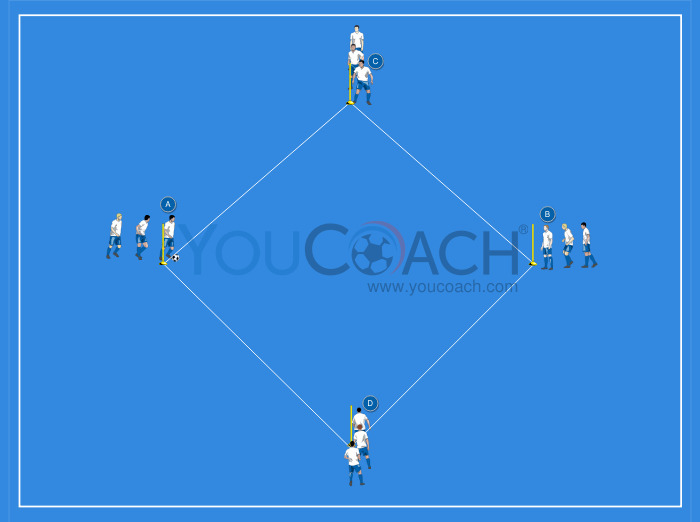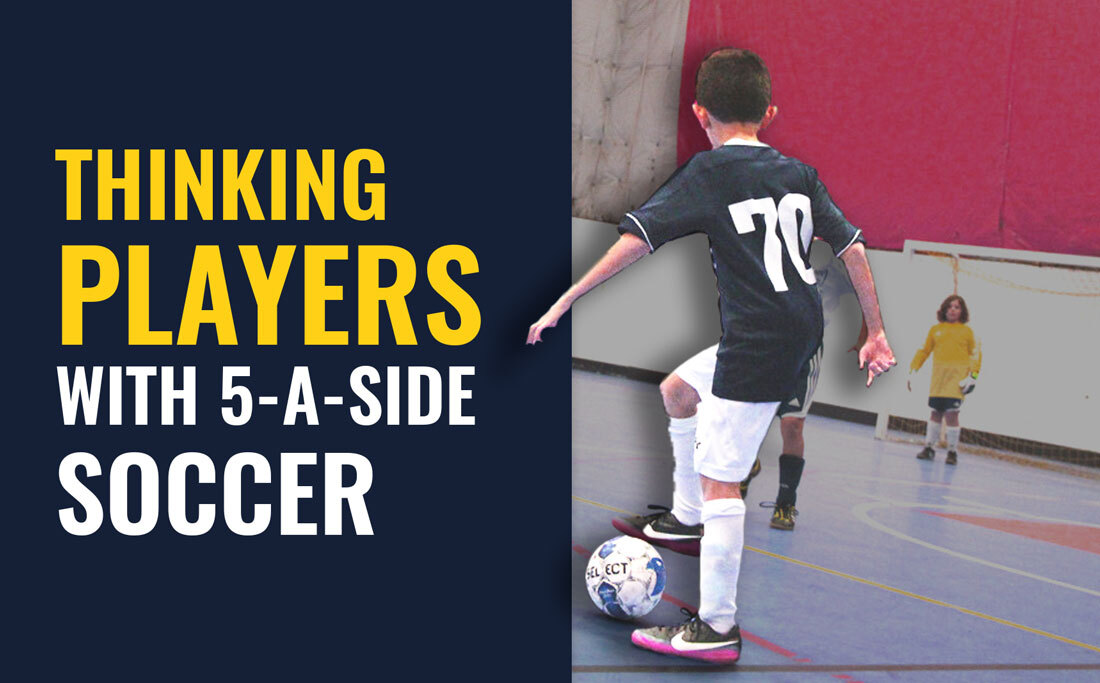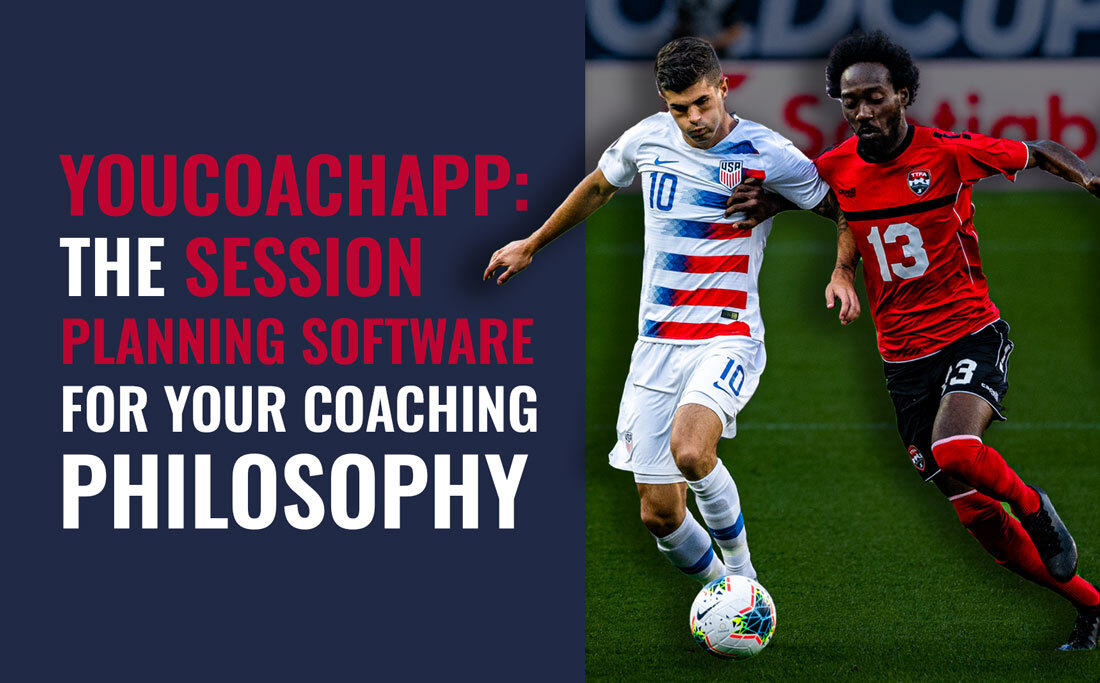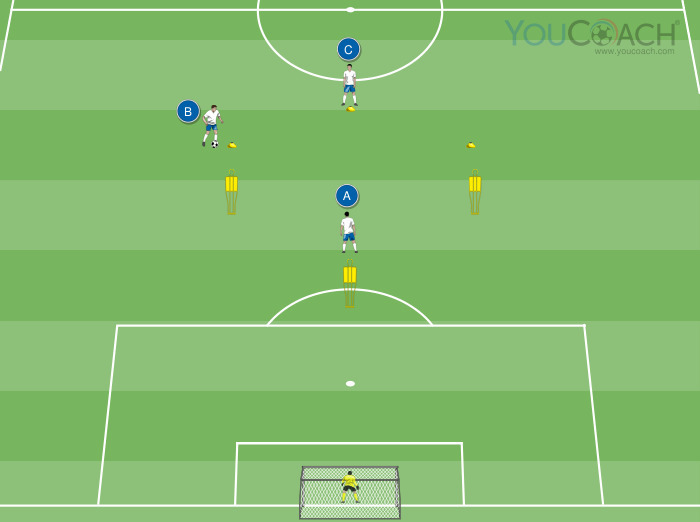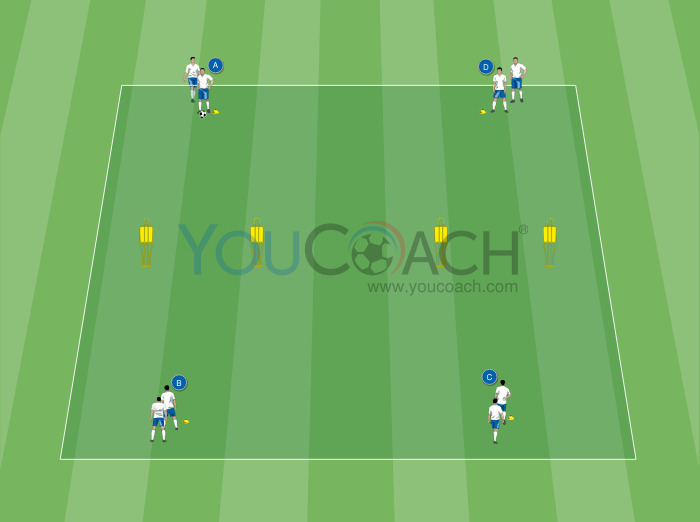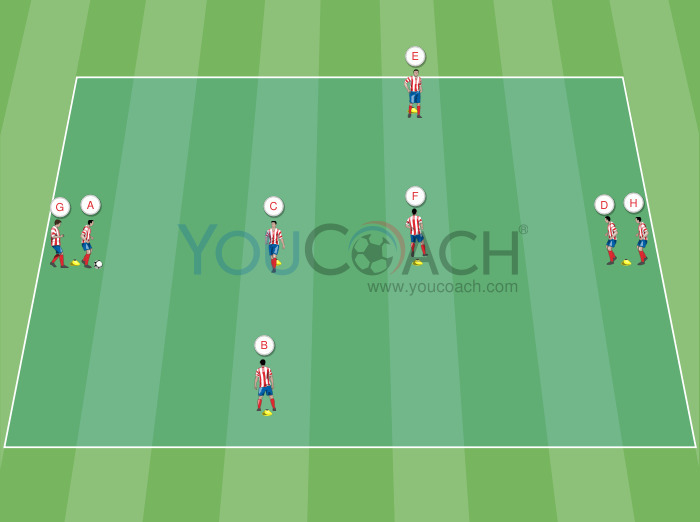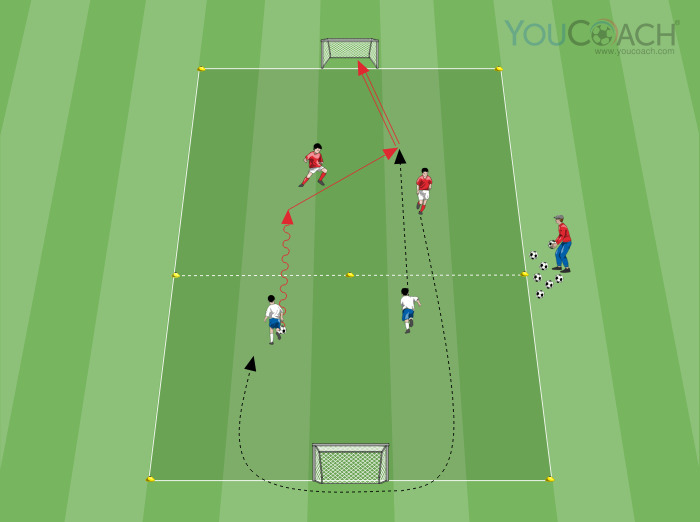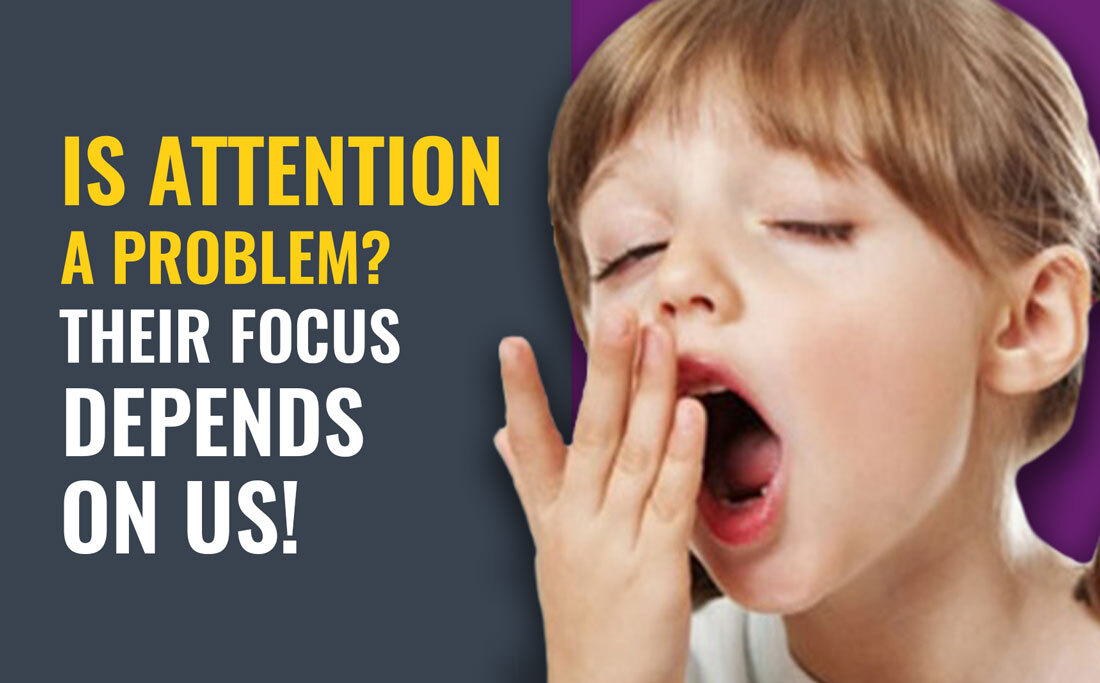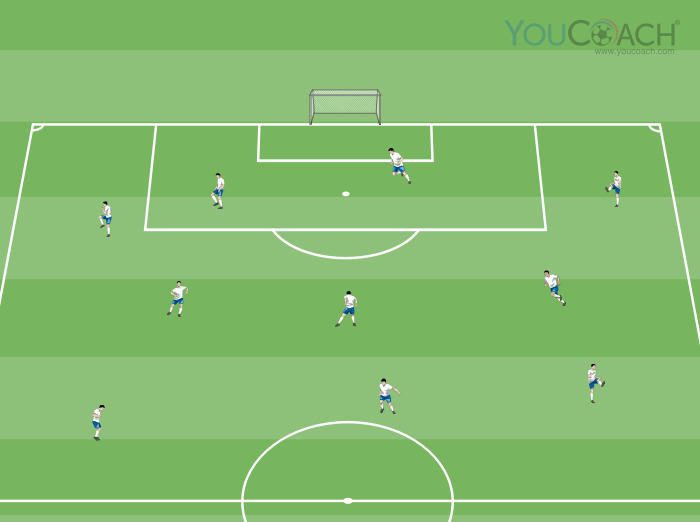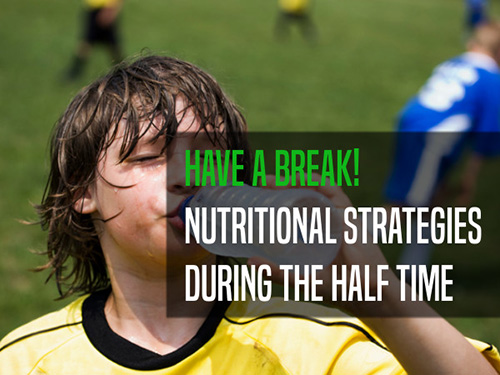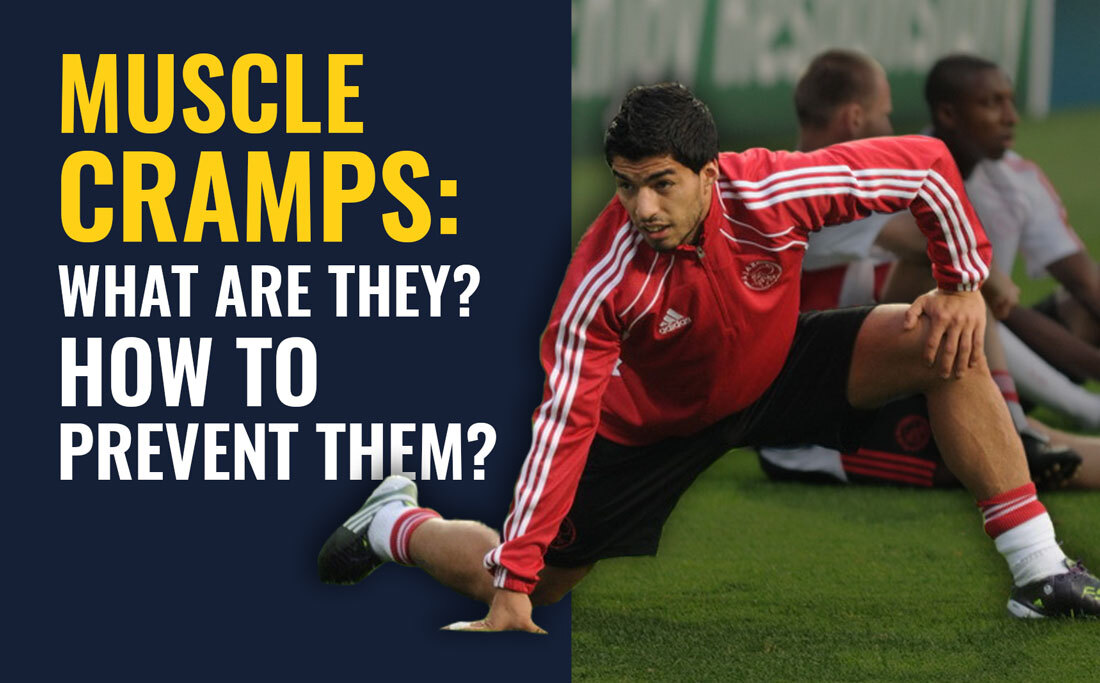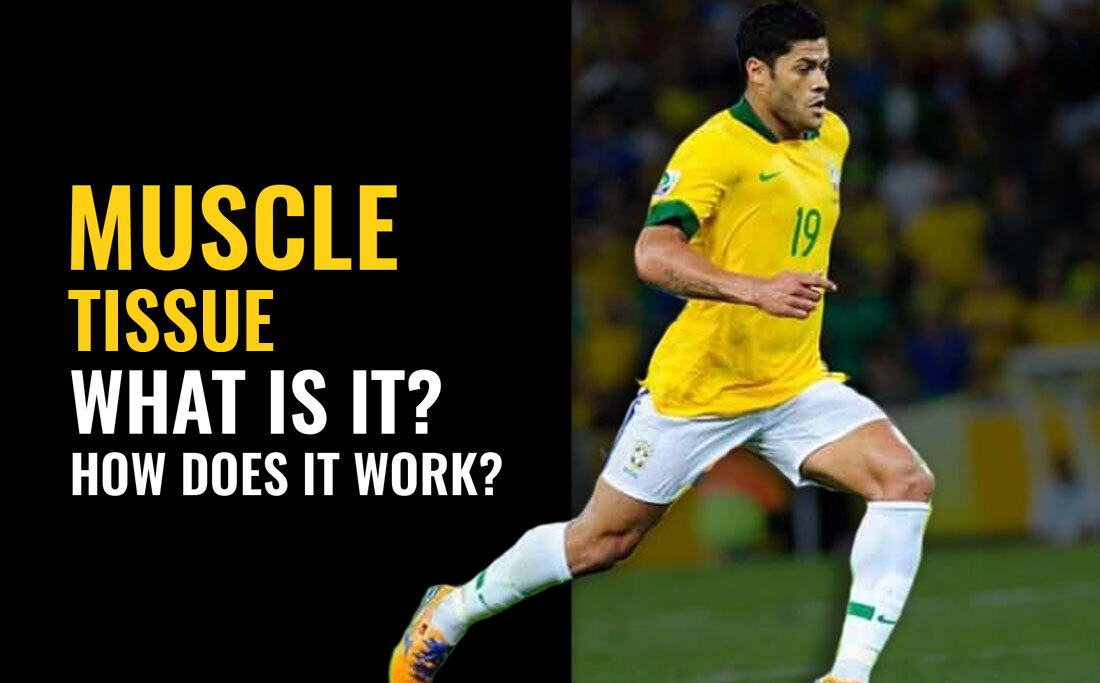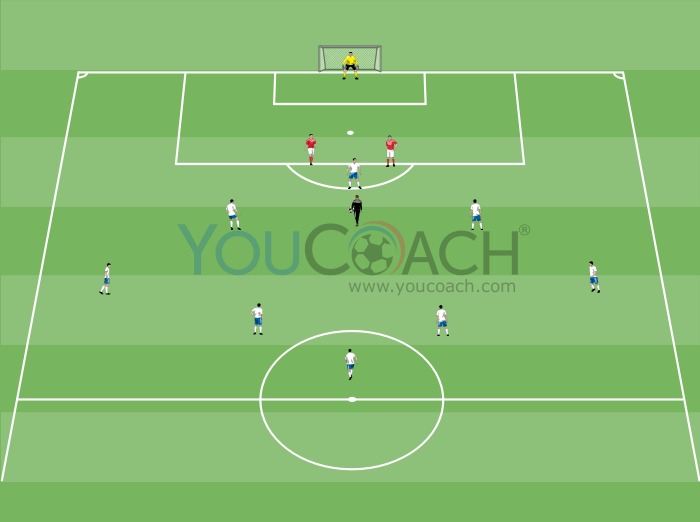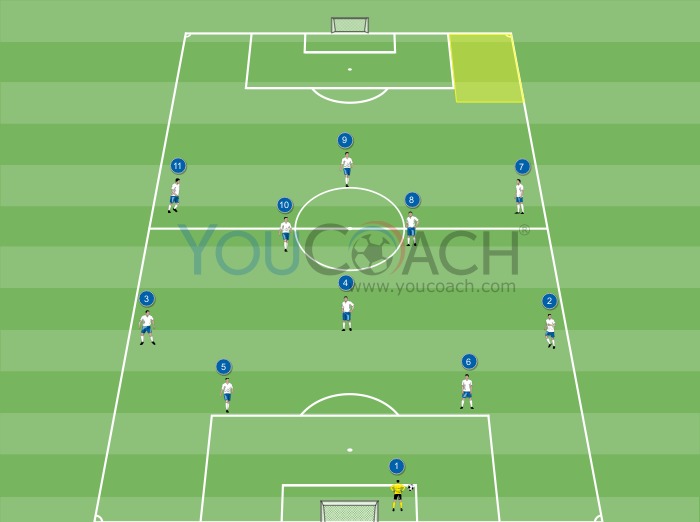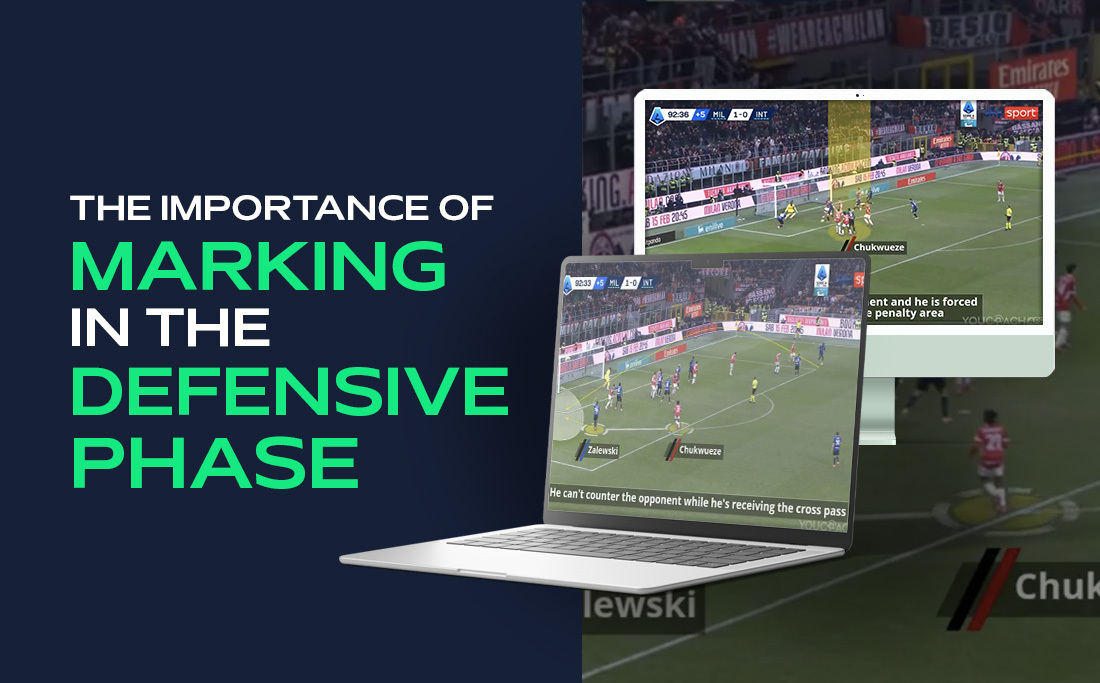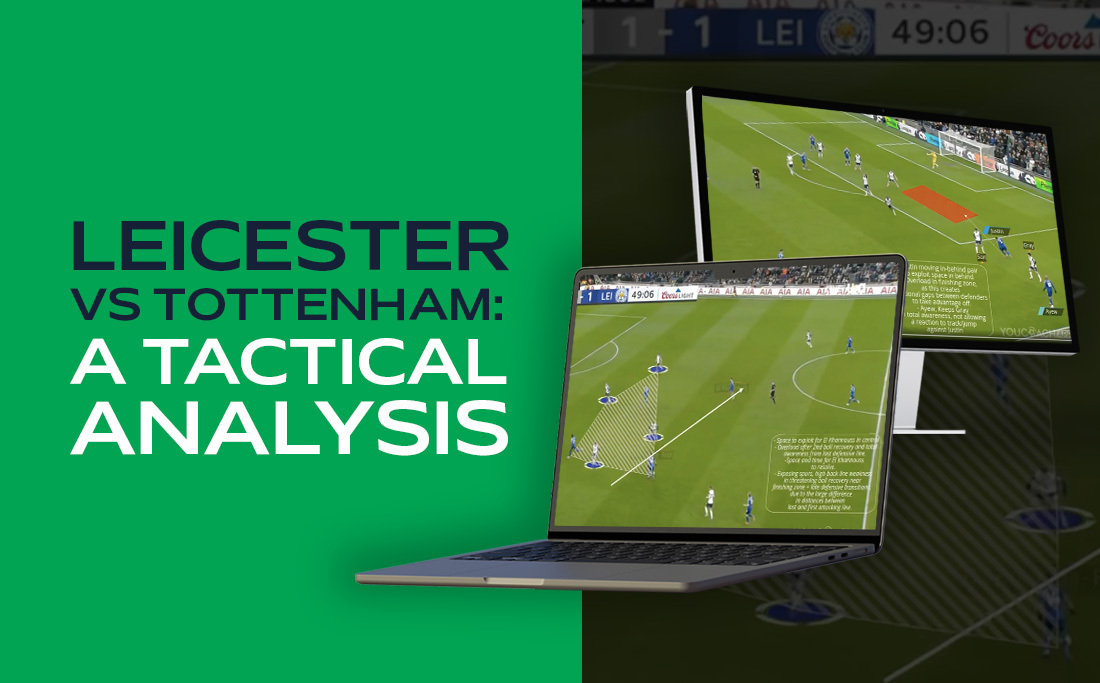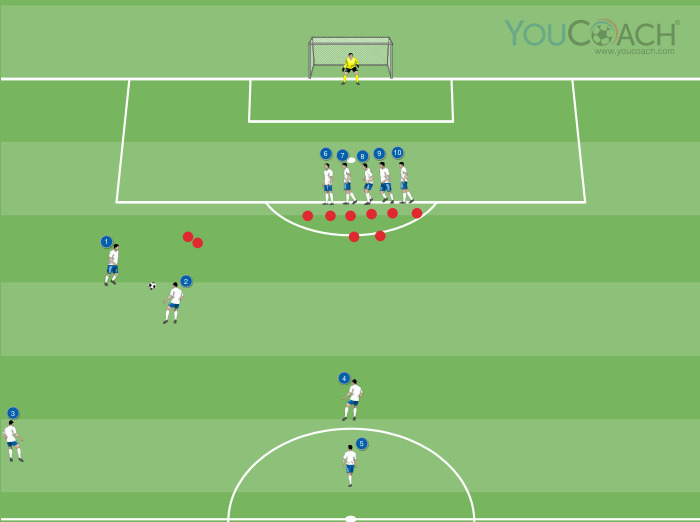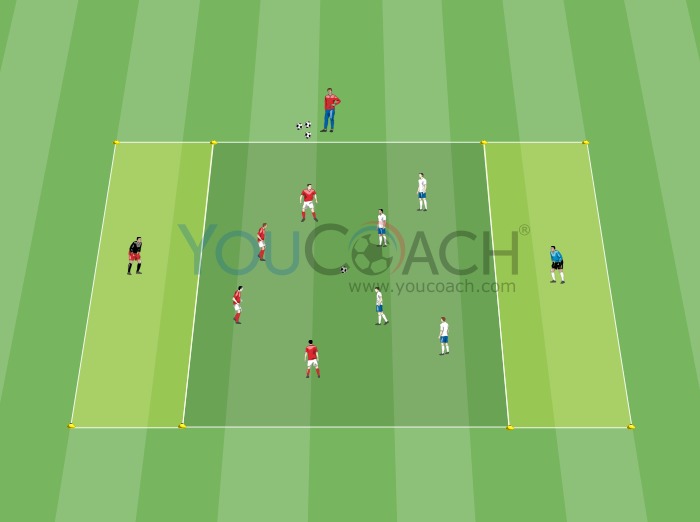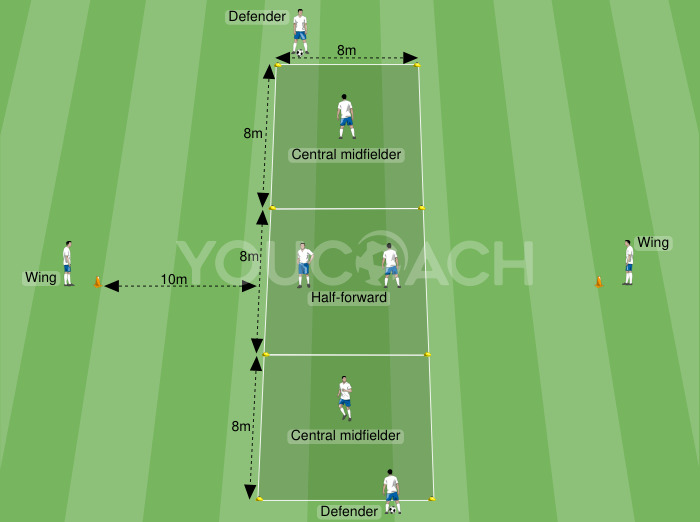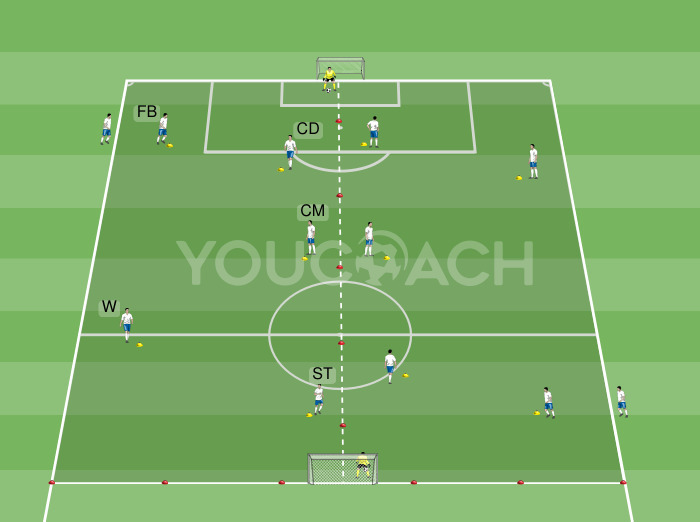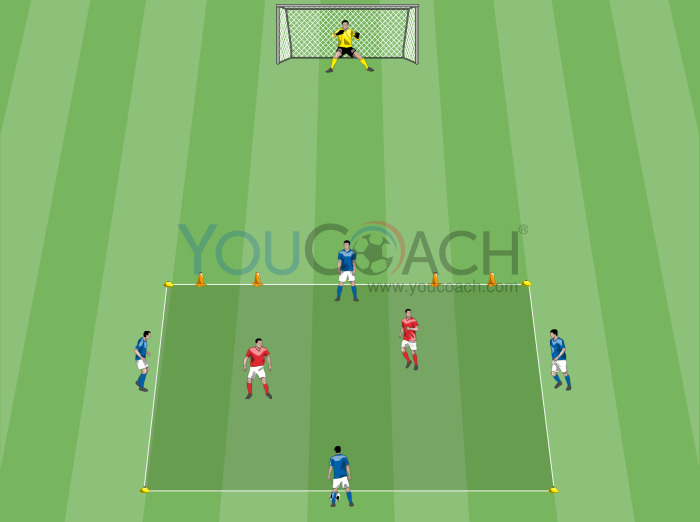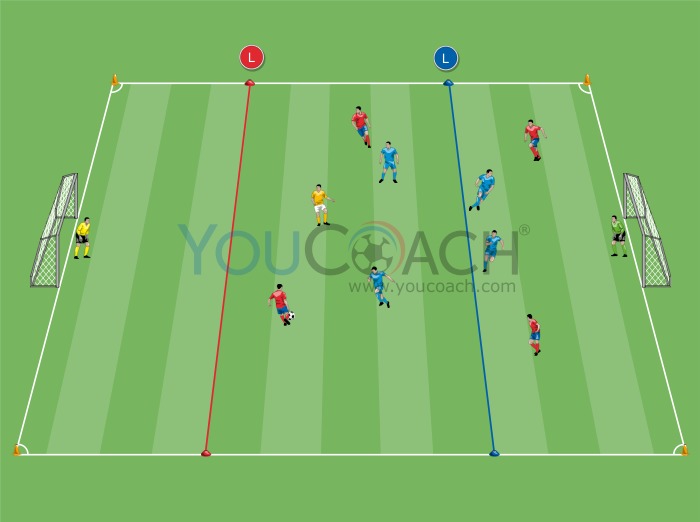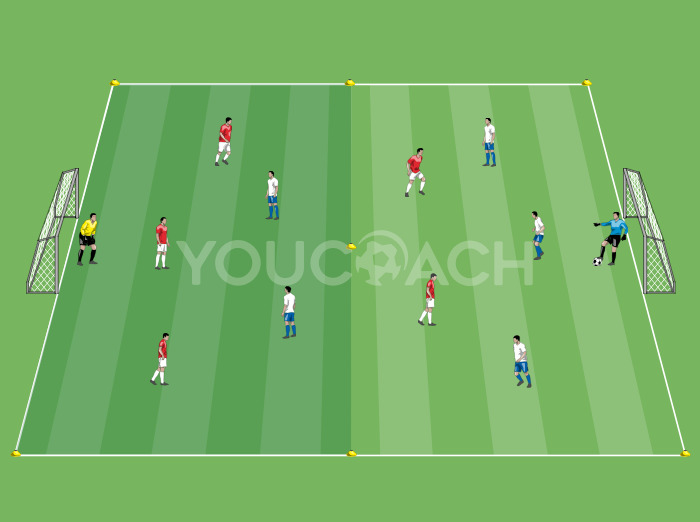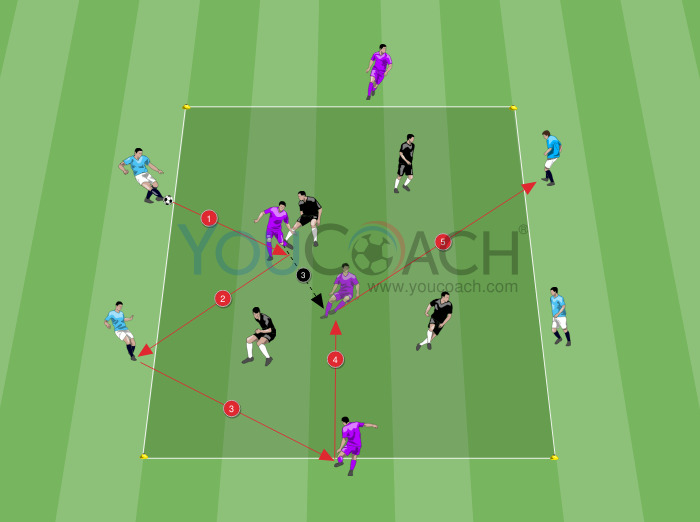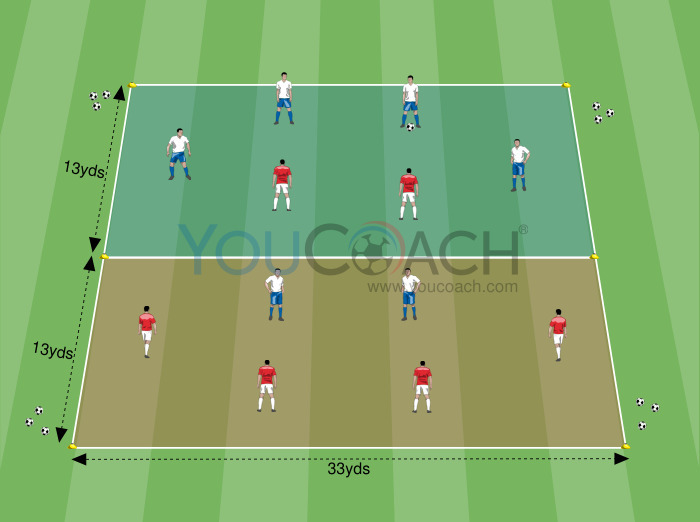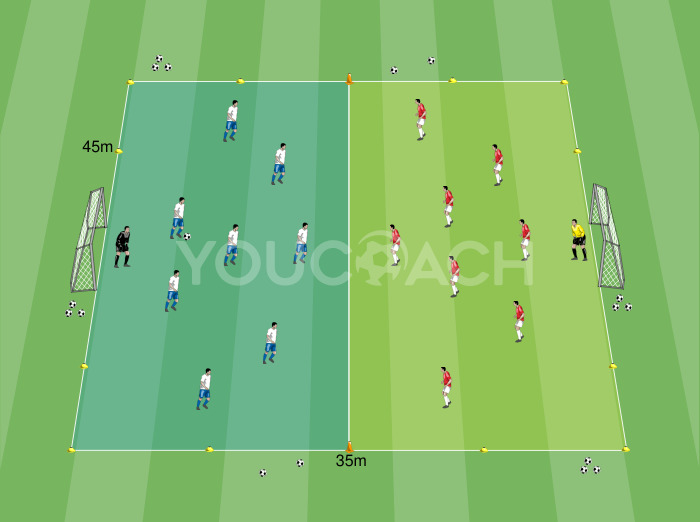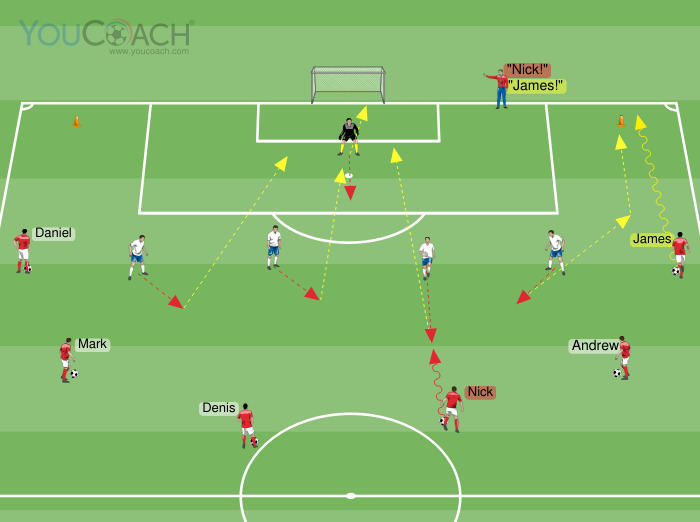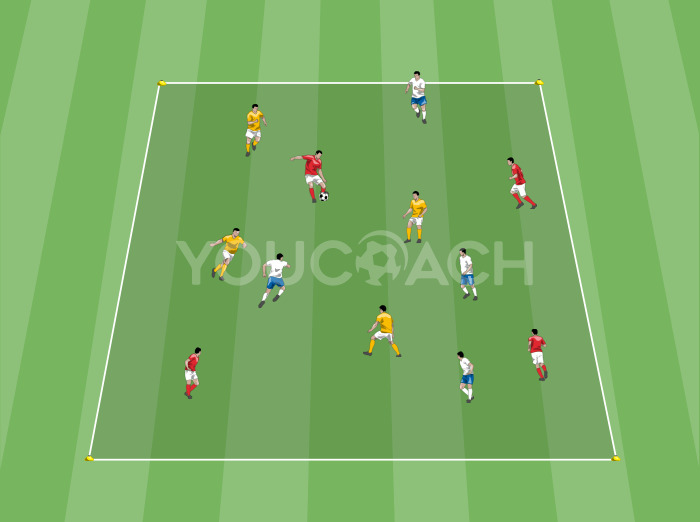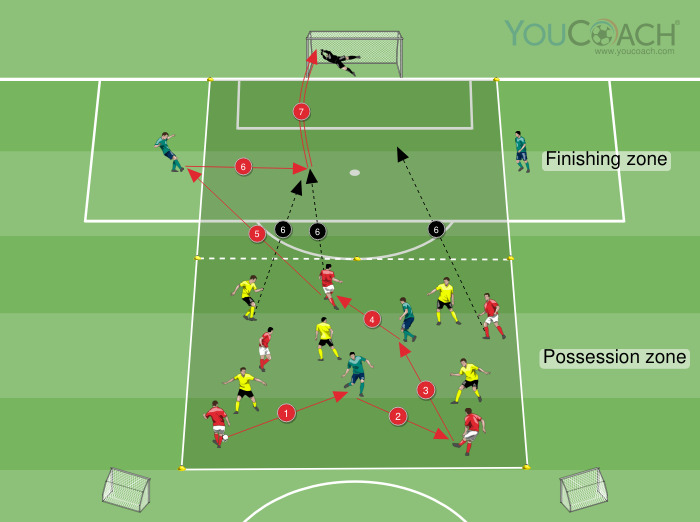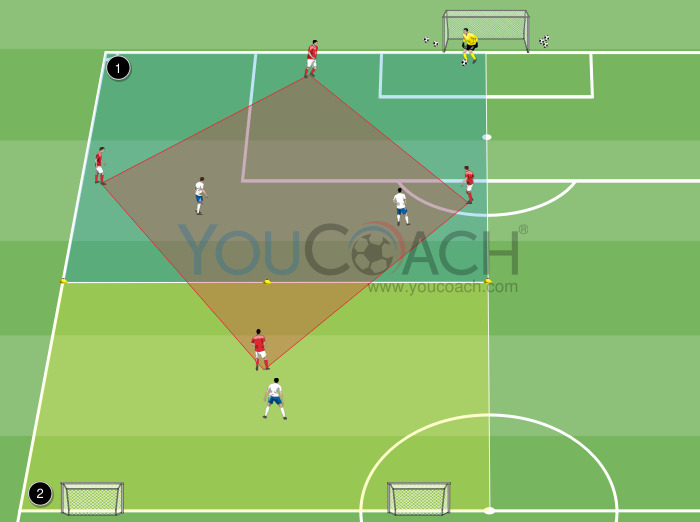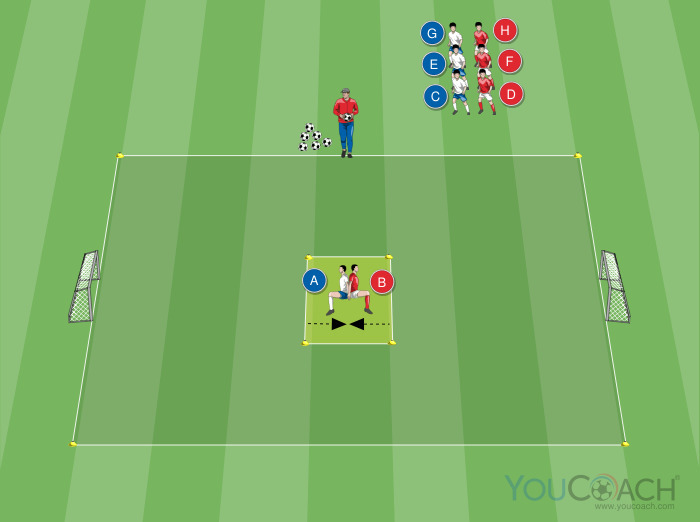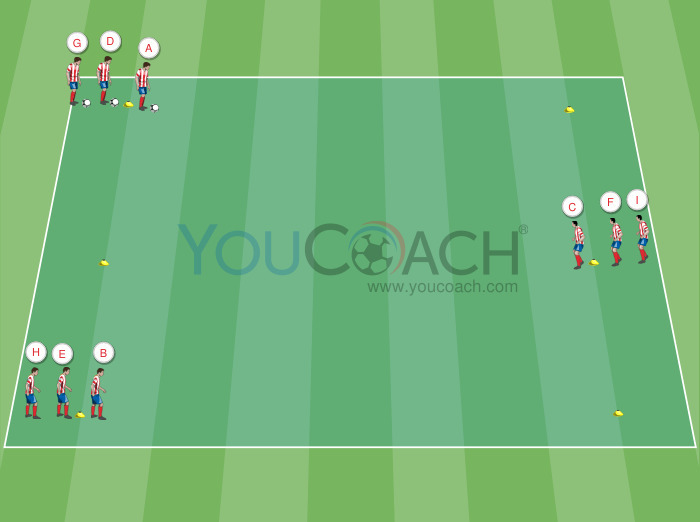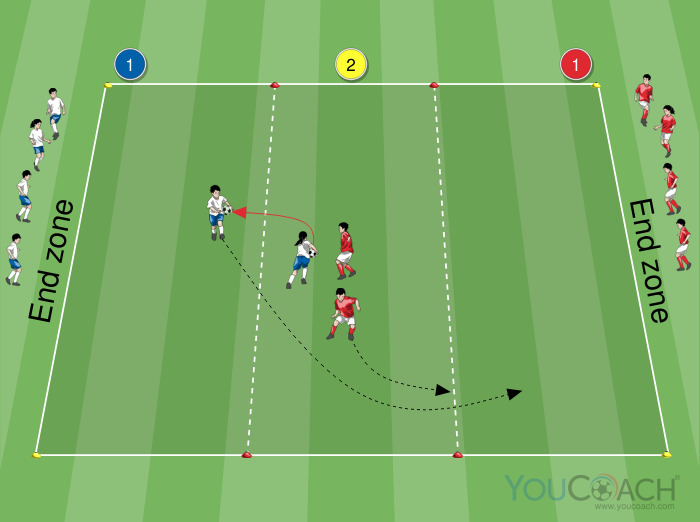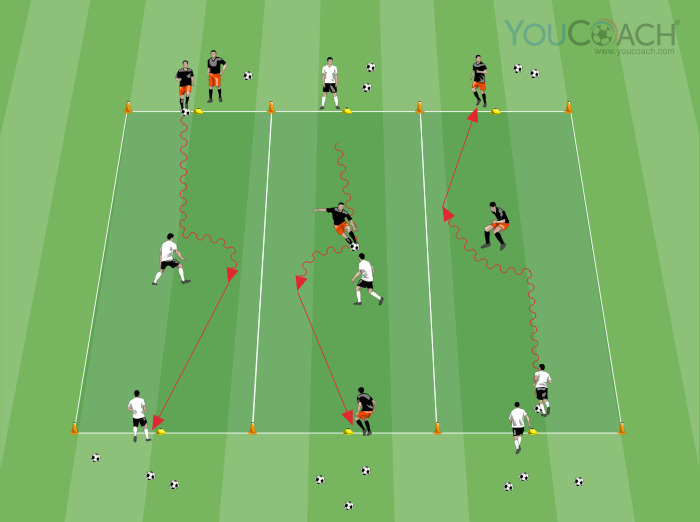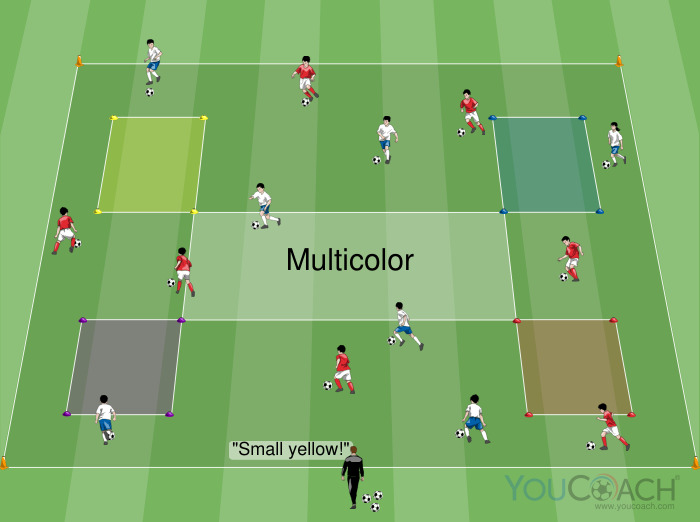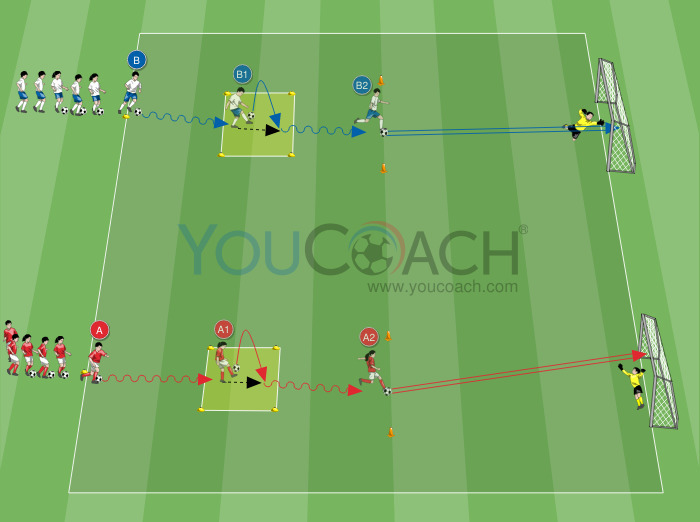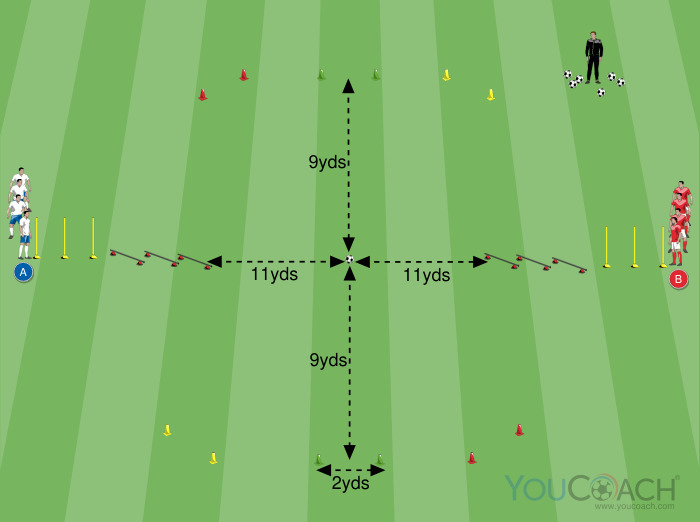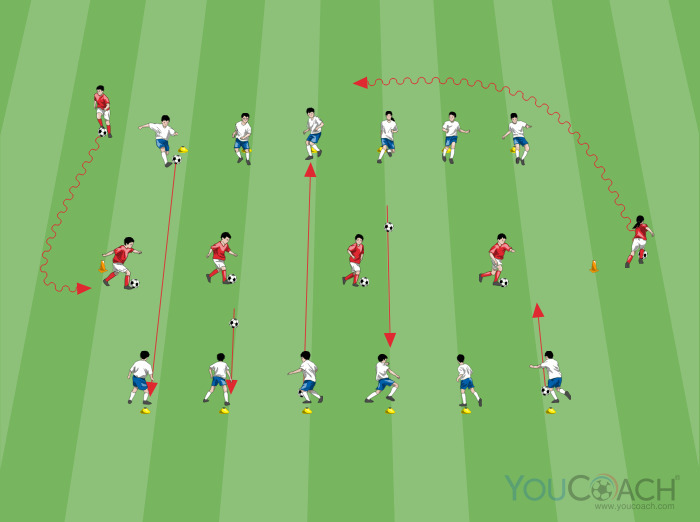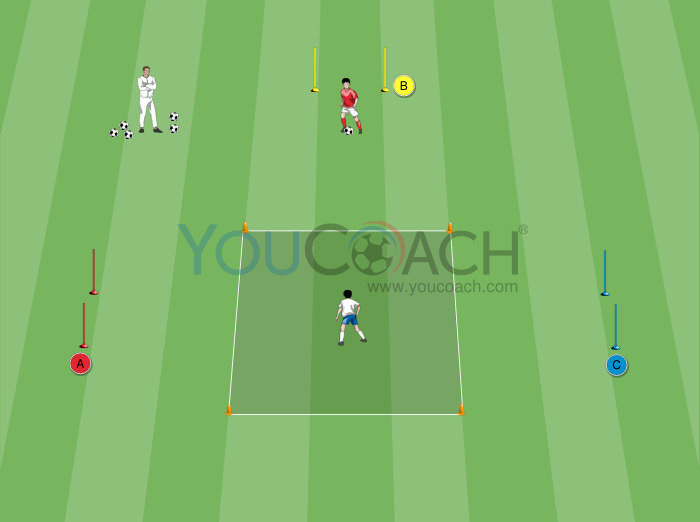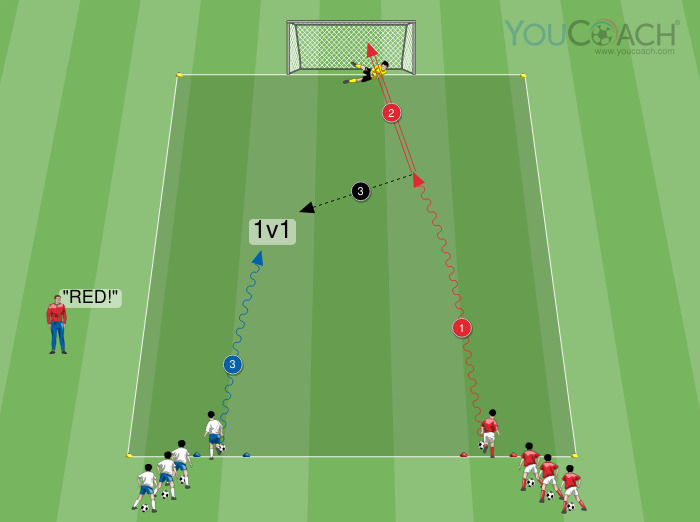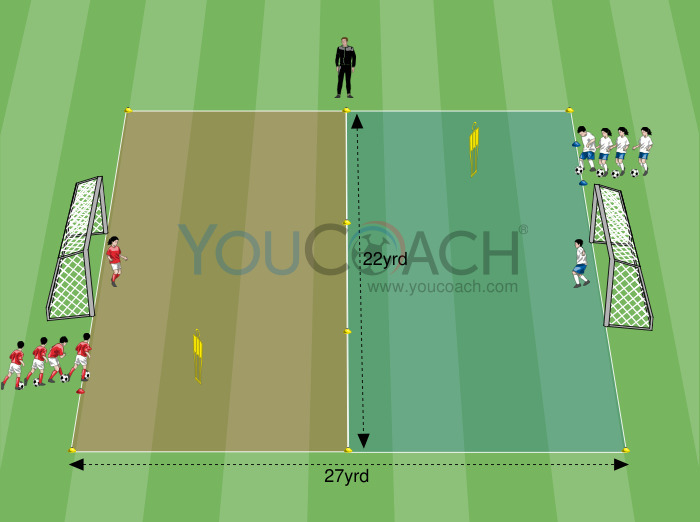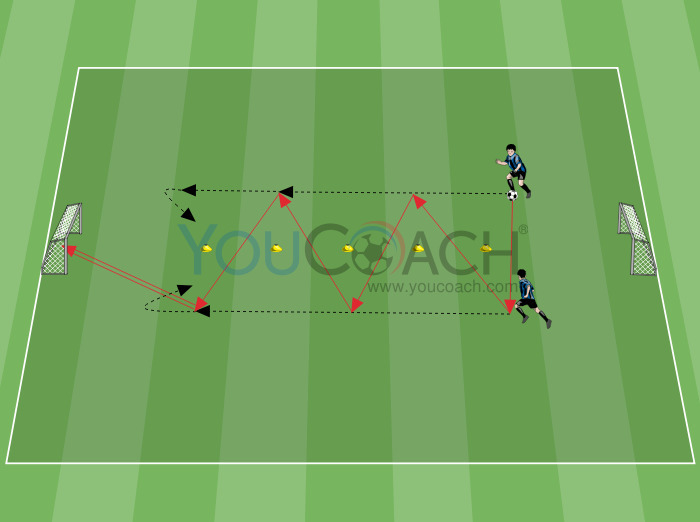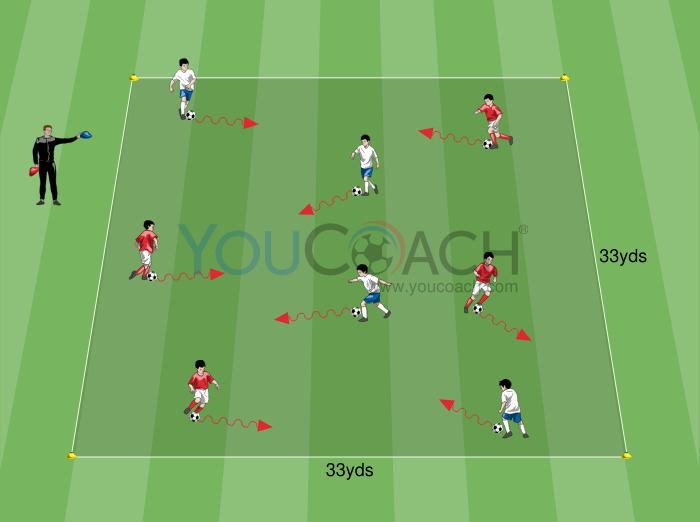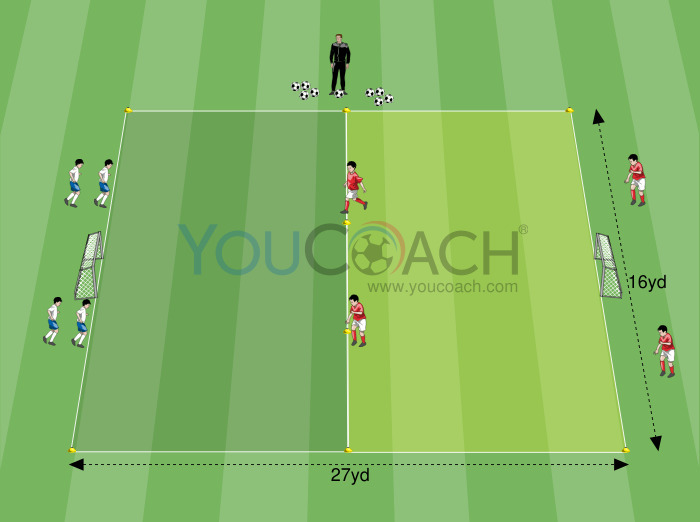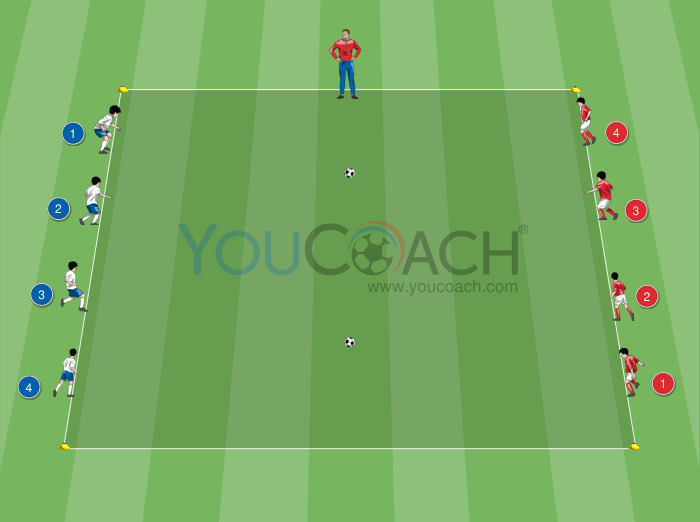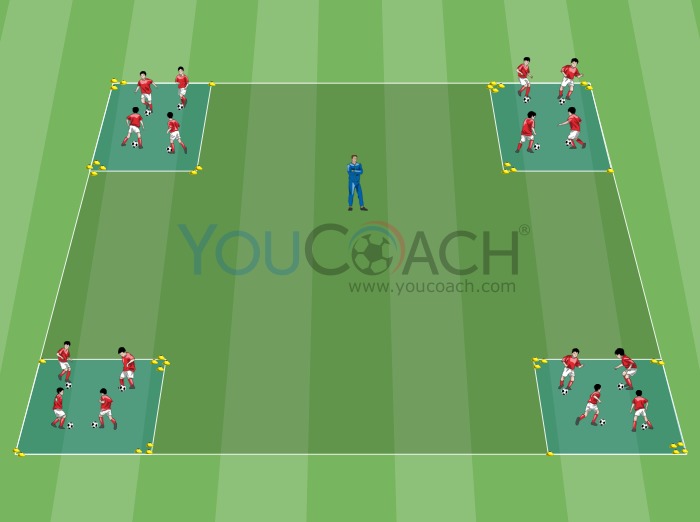Introduction to bio-banding and its scientific basis
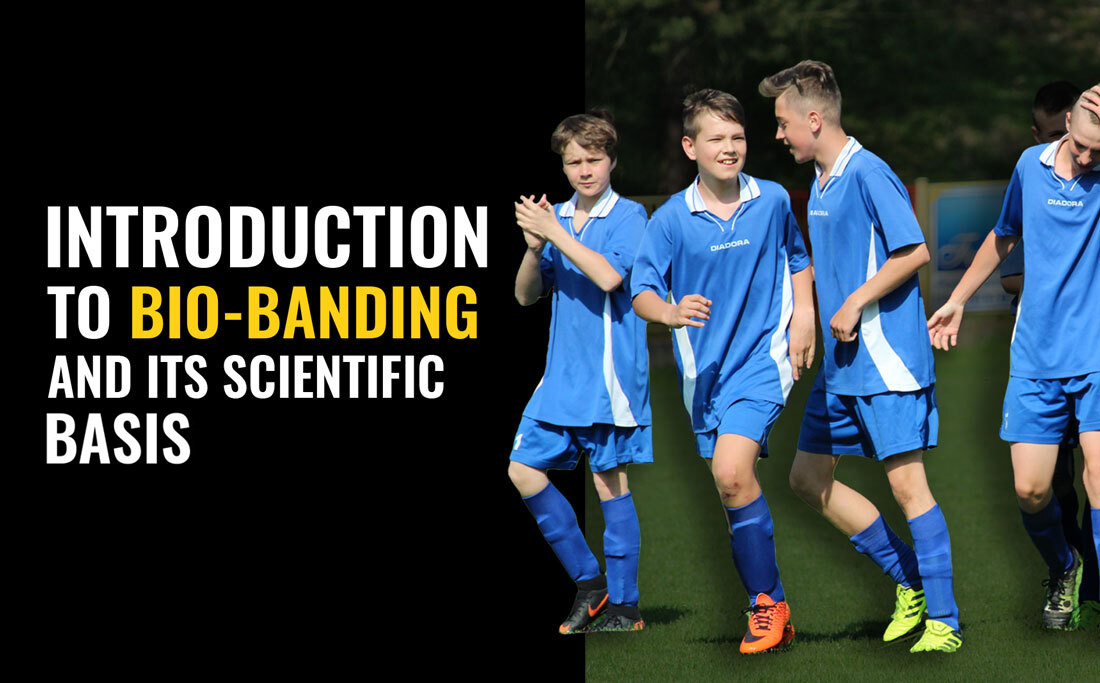
| Summary | Secondary Objectives |
|---|---|
|
What is bio-banding? What is the theoretical basis of bio-banding? How do we identify the stages of growth in soccer players? Let's find that out in this article. |
Coordination skills, Prevention, Soccer conditioning, Strength, Quickness, Speed, Agility |
Human beings have different growth and development cycles, and in youth sports it becomes important to understand what stages there are with respect to the musculoskeletal system.
Through the recognizable changes in the body, real stages of growth can be identified.
In the world of youth sports, the growth and development process of young athletes is a crucial element to consider. The musculoskeletal system of young people undergoes significant changes over time, and understanding these changes is essential to maximizing their potential in the sport.
In this article we will discuss Bio-banding and how it can be successfully applied to soccer. Specifically:
- What does Peak Height Velocity mean?
- Martin's theoretical table and sensitive phases
- YLTD or LTAD: Youth Long Term Athletic Development and the birth of Bio-banding
- What is Bio-banding? What is the purpose of Bio-banding?
- How to apply Bio-banding in soccer
- Create a training session with Bio-banding: before, during and after growth peak
- Exercises to apply the principles of Bio-banding
- Conclusion
WHAT DOES PEAK HEIGHT VELOCITY MEAN?
In the developmental age there is a time of particular sensitivity of the musculoskeletal system, determined by a growth peak (Peak Height Velocity). During this phase there are often physical and structural differences, such as differences between load capacity and performance capacity. All of these inequalities among and within individuals can increase the risks of injury as well as reduce the chances of performance expression.
As early as 1982, Martin and colleagues published a theoretical table of "sensitive phases" that described which times were most suitable for developing certain conditional and coordination skills.
MARTIN'S THEORETICAL TABLE AND SENSITIVE PHASES
Martin's theoretical table refers to a conceptual representation developed by Martin and colleagues in 1982, which describes the so-called "sensitive phases" in the physical and motor development process of children. This table was created to identify the optimal periods when individuals should focus on developing specific physical and coordination skills as they grow up.
"Sensitive phases" represent key times during youth development when certain skills or physical characteristics can be most easily developed or improved. For example, a certain age might be the best time to develop endurance, strength or agility. These phases may vary from individual to individual and are related to changes in growth, maturation, and biological development.

Martin's (1982) theoretical table and "sensitive phases"
Very often "insiders" have employed this theory as it is well described, easy to interpret and practical for the purpose of planning the goals to be pursued for a smooth psychomotor development.
The scientific reasoning behind it is quite complex and would involve a demonstration of cause-and-effect relationships, such as age, growth, type of skill stimulated and type of training employed.
This introduction is to draw attention to the extreme use of this table for drawing conclusions and planning training sessions or growth paths, as there is no proven scientific veracity.
YLTD OR LTAD: YOUTH LONG TERM ATHLETIC DEVELOPMENT AND THE BIRTH OF BIO-BANDING
In the recent time period more and more people refer to YLTD or LTAD: Youth Long Term Athletic Development, that is the development of fundamental motor skills under various forms of play, more or less structured, and then starting at puberty to bring in more structured and specific stimuli.

Table: Juvenile physical development (Model for female individuals).
This recent publication outlined the skills and characteristics to be trained according to age and skeletal maturity, following more or less structured exercises and the training adaptations that are to be recreated or stimulated.
Due to this growing interest, a new methodology was born, applied in some high-level youth sectors, which aims to reduce performance differences (and more) related to biological maturity and the different timing of growth processes of young players. It is called Bio-banding.
WHAT IS BIO-BANDING? WHAT IS THE PURPOSE OF BIO-BANDING?
Bio-banding is the process of grouping athletes based on attributes associated with growth and maturation, rather than chronological age.
The goal of Bio-banding is to reduce the differences among youth soccer players associated with maturity-related components (e.g., body size/physique, strength, and ability) in a way that allows for greater equality in training and competition, potentially reducing the risks of injury associated with youth sports.
Children and young kids of the same chronological age can have considerable differences in biological maturation status, with some reaching it early and others slower and later. The timing of this maturation can have important implications in training, competition, and talent identification; it is important to develop effective methods for evaluating young athletes without subjecting them to maturity-related biases or misjudgments.
Teams will likely be composed of players with different degrees of maturity, and the proposal can be adapted according to the needs of the individual player.
HOW TO APPLY BIO-BANDING IN SOCCER?
How to translate Bio-banding theory into practice in a training session?
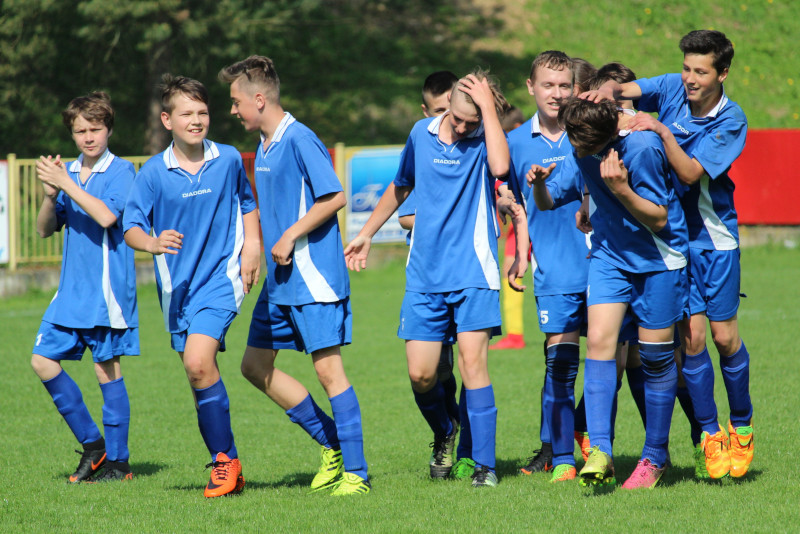 Now, let's see where to start and how to develop a training session with some organizational ideas and suggestions:
Now, let's see where to start and how to develop a training session with some organizational ideas and suggestions:
- Division of age/team groups by age at peak growth, not by registry age: close levels of maturity train together, even though registry age would say otherwise, for entire trainings or even parts of them.
- Division of the team into subgroups with the same maturity level for a practice or parts of it, for example: the motor station or technical station are organized according to the growth peak.
- Plan specific interventions for players with the greatest needs, during peak growth.
- Practical actions to consider when planning a session, especially during these sensitive phases:
- Include a pre-activation phase, where players perform specific exercises depending on their stage of growth
- Full warm-up: low-intensity activation phase, mobility and stretching, core ability and agility exercises (high-intensity activation phase)
- Cool-down phase: light aerobic activity and/or passive or active postural and stretching exercises
- Balance between load-bearing capacity and performance ability of young soccer players:
- The first allows the player to bear a load
- The second allows them to perform at their maximum capacity, going beyond their load capacity
- Adequate recovery between games and practices
- A reduced number of games, at least at the beginning of the season, helps manage this balance
- Kids need to train well and hard to sustain match fatigue, but always in a progressive manner
- No peak load, example:
- 2-3 matches per week?
- Coming back from summer vacation?
- Too intense workouts or high intensity activities after a long break or too frequent in time
In this way, trainers, coaches and sports managers can develop effective methods to stimulate or evaluate players according to the needs that their bodies can support and endure.
CREATE A TRAINING SESSION WITH BIO-BANDING: BEFORE, DURING AND AFTER GROWTH PEAK
When managing young players, we can essentially identify three moments in their growth:
If you want to plan more precisely and accurately, it is therefore important to monitor and measure the peak growth, drills and training sessions' organization will change accordingly.
At the stage before growth peak, it would be useful to give kids a chance to increase their motor skills, consolidate fundamental motor skills through non- or loosely structured play activities. The use of more structured activities can be a solution for joint mobility drills. Definitely essential is the use of drills aimed at developing speed and agility.
The next phase during peak growth brings in more attention to detail and the possible use of more or less structured activities, where motor skills, strength, mobility, and endurance help manage and withstand training loads, and support harmonious growth.
After growth peak the gradual production of sex hormones leads to further physiological adaptations, and consequently to a possible change in the proposed drills. The use of exercises related to strength finds fertile ground for muscle growth, given the consolidation of fundamental motor skills at this stage and the shift toward sport-specific training, aerobic and anaerobic endurance.
What has been proposed above does not imply an exclusivity in the use of certain exercises, all skills need to be more or less stimulated during the growth process, some find greater grip due to the physiological characteristics of young soccer players.
HOW TO CHOOSE EXERCISES ACCORDING TO BIO-BANDING?
With this in mind, various drills can be used simply by modulating them according to the working group. In fact, there are cross-cutting drills that can be employed by applying due care:
- Volume and Density: Number of sets and repetitions increases with advancing biological age (+ post peak, - pre peak)
- Intensity: Size of playing field in SSGs (larger post peak, smaller pre peak)
- Intensity: Number of players in SSGs (+ pre peak, - post peak)
- Increased attention to aspects of joint mobility and endurance
EXERCISES TO APPLY THE PRINCIPLES OF BIO-BANDING
The following is a drill for each group (pre-peak, during, post-peak) plus a cross-group exercise with adaptations to be adopted according to age.
In the pre-peak group we focus on a game unrelated to soccer, but with interesting components for our sport as well: acceleration, change in direction, and tactical components such as 2v2 and 2v1.
For the group during the peak, we wanted to include the popular game of pinball to come up with mobility drills that can be engaging and fun.
In the specialization phase after puberty, the strength and anaerobic endurance aspects can also be stimulated through ball drills. Here the two players express strength through contact with the opponent (back to back) and then sprint and secure the ball in the subsequent 1v1.
Finally, we propose Small-sided Games as a cross-purpose drill, because it is a typical technical proposition with interesting physical aspects.
In this case as soon as the attackers' ball crosses the halfway line, a defender must disengage and run behind the opponent's goal. A momentary 2v1 will be created for the attacker with a recovering defender.
Adjustments in field size are recommended depending on the growth peak:
- Pre-peak -> 20x10 meters
- During peak -> 25x15 meters
- Post-peak -> 30x20 meters
A physical trainer and/or coach can implement these approaches within the training sessions in various ways and at various times; there is no need for a massive commitment but rather a gradual education in movement, care of the physical form and, above all, of the increase in the perception and awareness of their own body.
In this particular period of growth, one can experience osteochondrosis and growth-related diseases more frequently, as well as muscle-tendon and osteoarticular injuries, so it is a good thing to pay attention to children's perceptions and help them in the development of these skills and also helping them listening to their own body.
We would like to thank all the readers who we hope will find in this text an inspiration for their own activities and who urge us to observe, research and experience new things.


